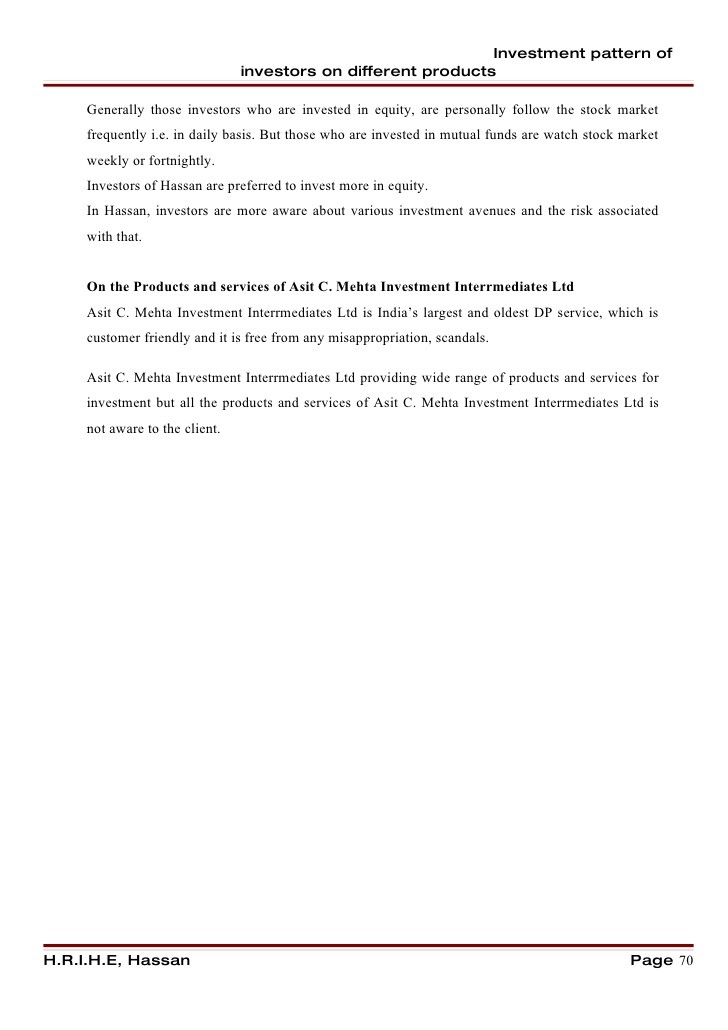Retail Investo How To Pick a Stock Investing Strategy That Suits You Investor Education
Post on: 30 Май, 2015 No Comment

PROFIT OBJECTIVES
There are three ways to make money from stocks. There are no boundaries between the choices. The profits from any one position may come from one objective, or a combination of all three. Investors may prefer one type of profits over another, but need not limit themselves. With experience you may find that you do better with one type of situation.
- You can choose companies for large dividends or distributions. Usually investors with this objective buy large-cap companies with a proven track record of stock price stability and dividend growth, to buy and hold. But smaller-cap companies can also be bought (e.g. income trusts) as long as they are closely watched for stock price declines.
Companies can either retain their profits for growth, or pay them out as dividends. Since the rate of return generated by assets within an operating business is generally higher than investors can realize in the secondary market (see page Understand Equity ), stocks paying high dividends will trade at cheaper valuation metrics.
With few exceptions, the return from dividends only is not sufficient for assuming equity risk. If you want a 10% return from a stock paying a 4% dividend you are implicitly presuming 6% growth. Too often, investors focus only on the dividend and ignore the difficult analysis for predicting that growth.
Investors may think the dividend strategy does not require complicated financial analysis. After all, the important metrics (dividend yield, payout ratios) are simple and widely quoted. But care should be taken to ensure the dividends are not an illusion funded by increasing debt, additional share issues and DRIPS, share buy-backs or running down assets. The sustainability and growth of the dividend resides in the future profits. Financial analysis is still need to assess those.
Theoretically share buy-backs are exactly the same as the payment of dividends. But investors have a different emotional response for many good reasons. So companies using buy-backs tend to be bought by investors with a growth objective (whether or not they realize that share buy-backs grow only their ownership % interest, not the company as a whole).
The investments can be a long-term play with established companies. These investors look for growth at a reasonable price (GARP). intending to ( buy and hold ). They may be a passive investors with large-cap index funds or stock-pickers looking for steady growth. Or, the investments can play on the short-term, isolated growth spurts of a small cap business, or a sector benefiting from transient economic trends. These investors look for a stock’s momentum. They are willing to pay a high valuation for the expectation of exceptional growth.
The payment of dividends does not disqualify a company for this investor, but higher growth always comes from reinvesting profits within the business, at high rates of return. Investors interested in the ‘Dividend Aristocrats’ are in this camp. Their dividend yield is not huge and returns come mainly from growth.
Mispriced stocks may fall within the classification of either ‘growth stocks’ or ‘value stocks’. Both types can become mispriced. A ‘value stock’ is not necessarily ‘undervalued’. See the discussion below at Tactics. Growth vs Value. Investors owning a growing company often also benefit/lose from re-pricing when the market changes its opinion of the future growth rate.
Notice that the term ‘objective’ is not being used here to answer the questions. Why do you invest? What do you want to accomplish by investing? What is your personal objective?














